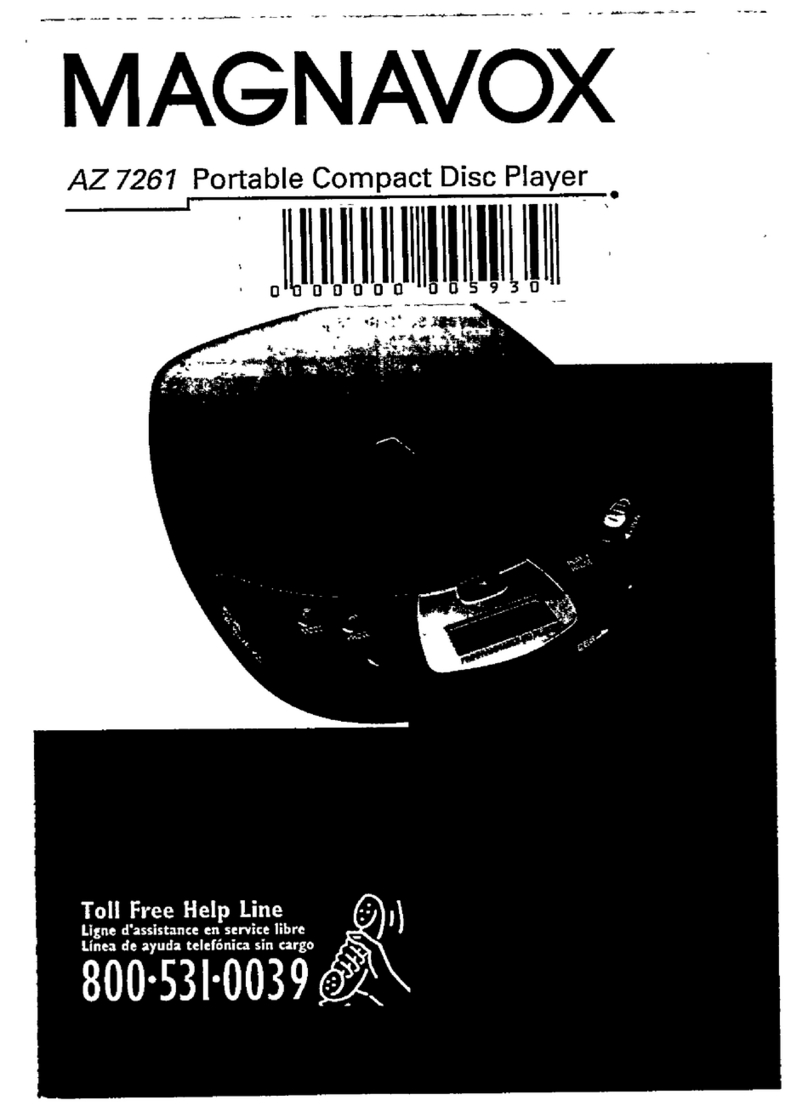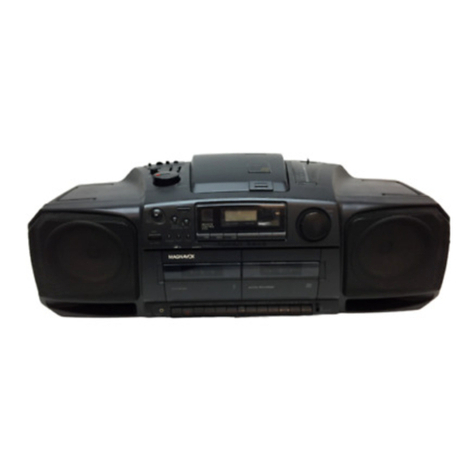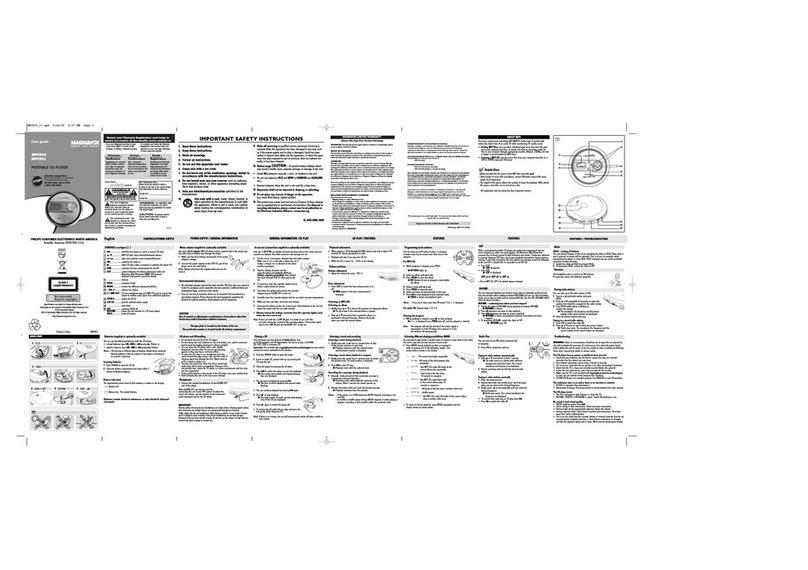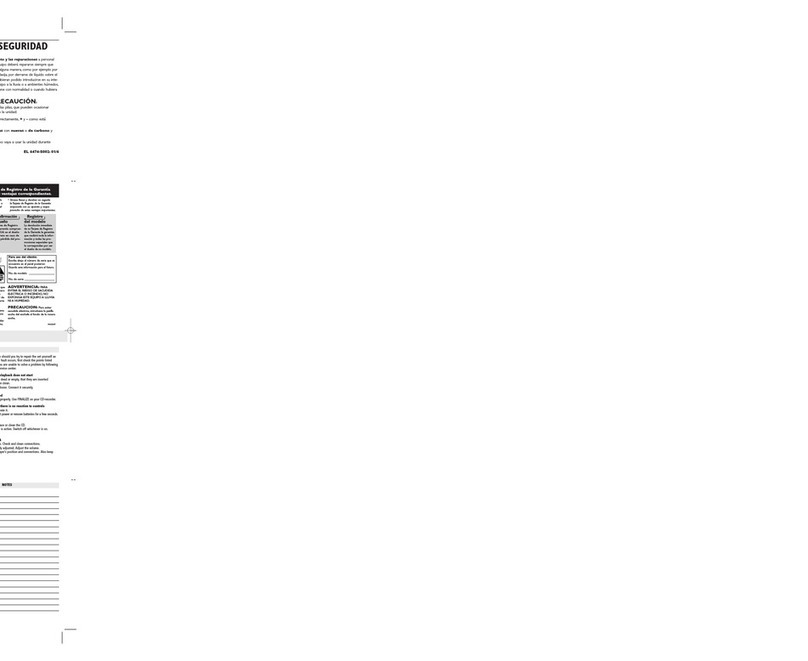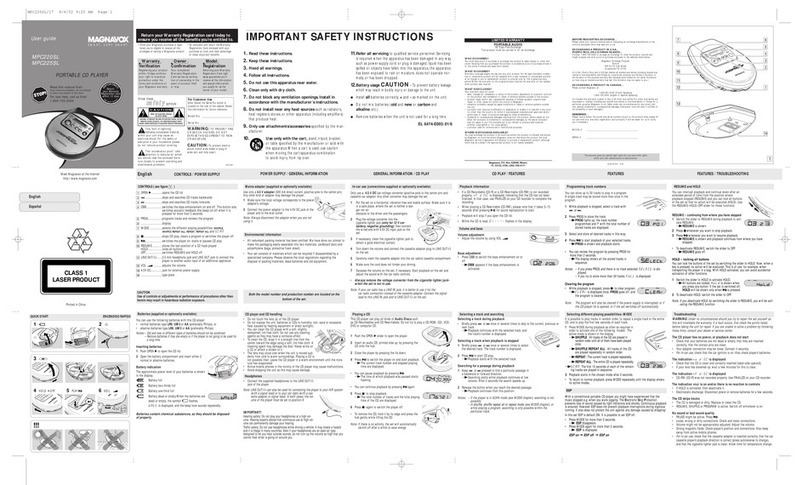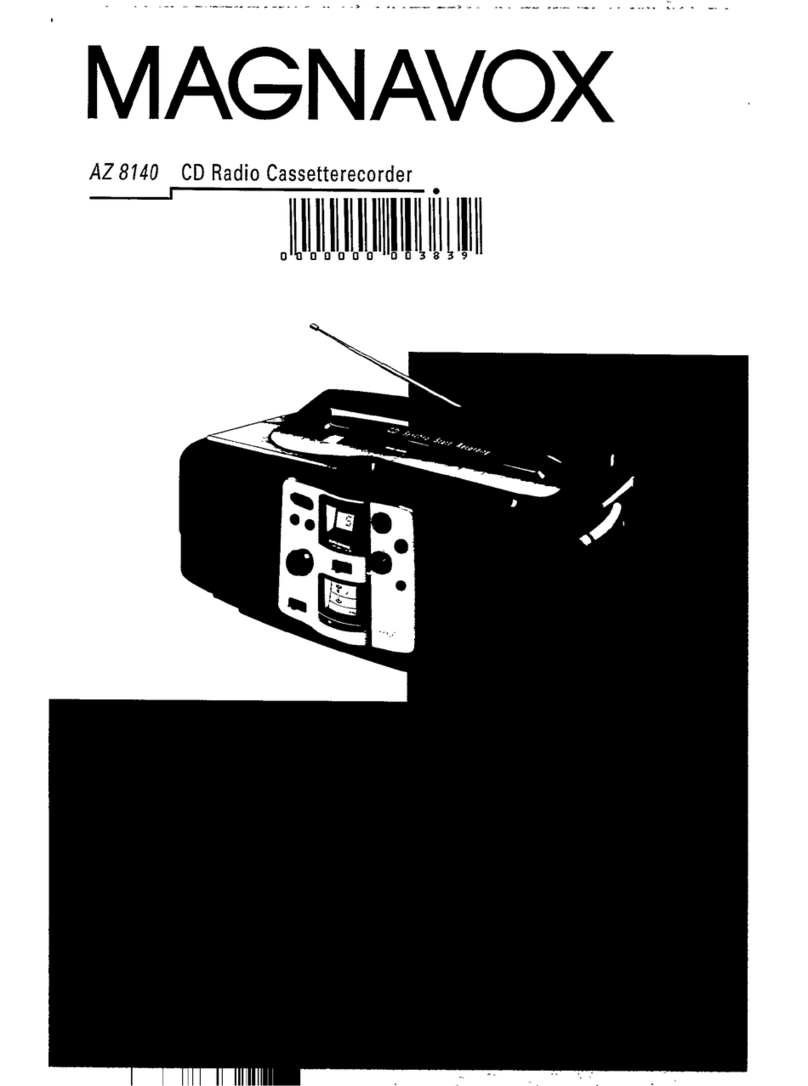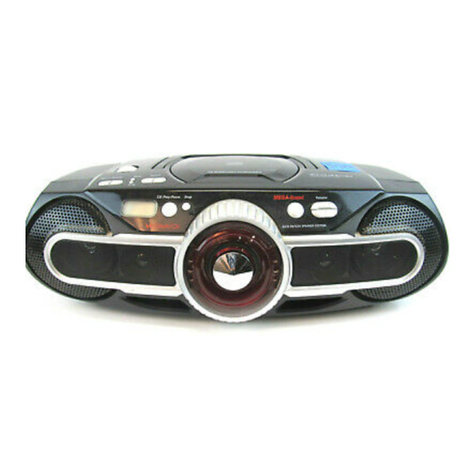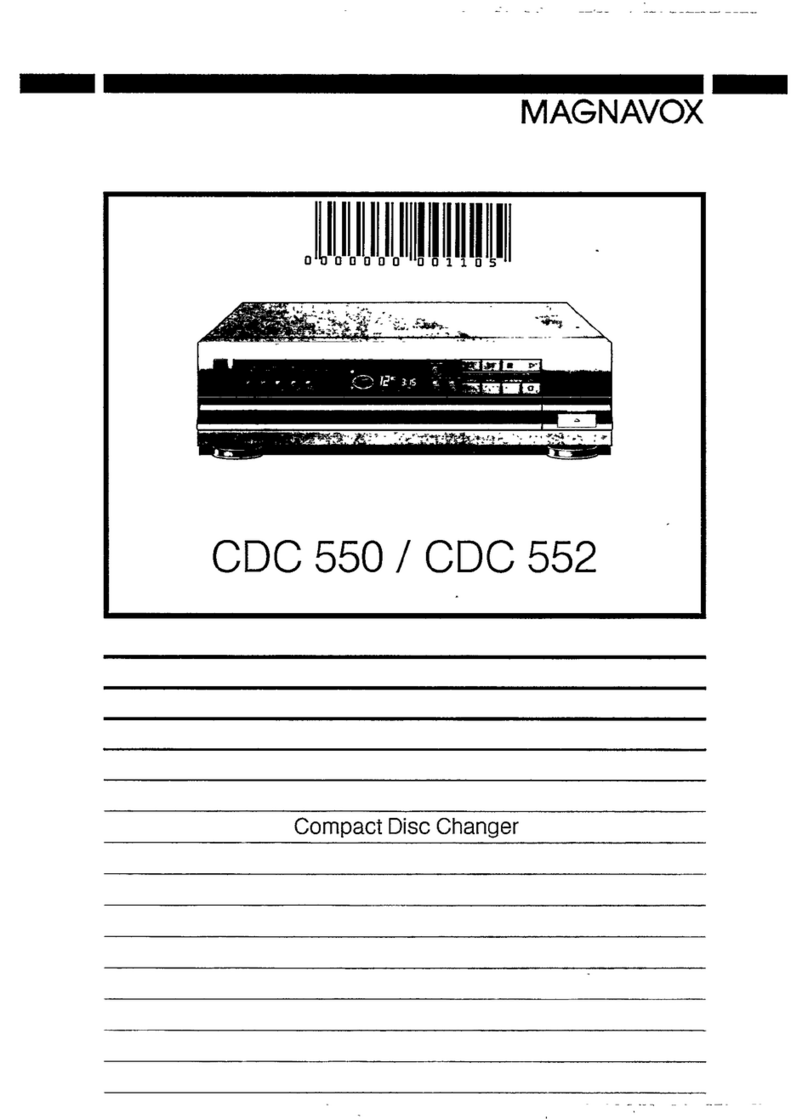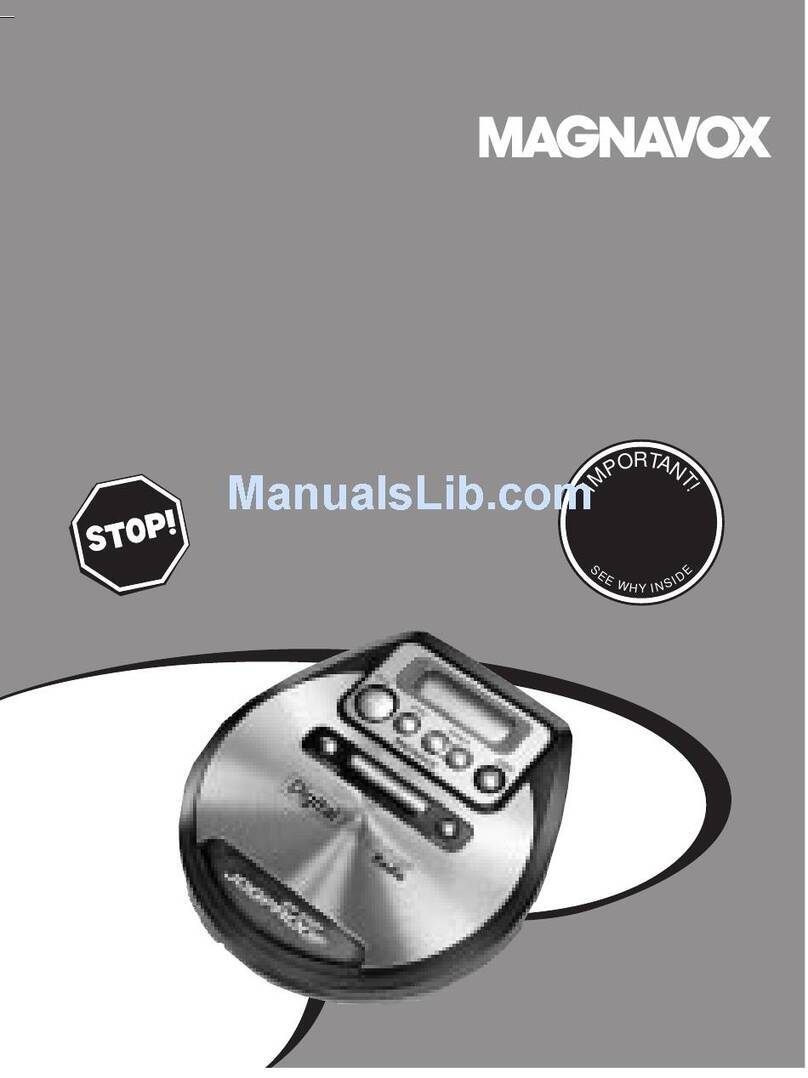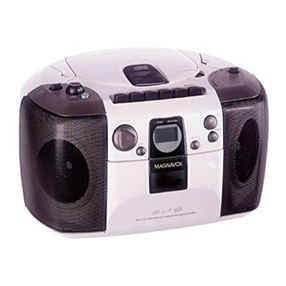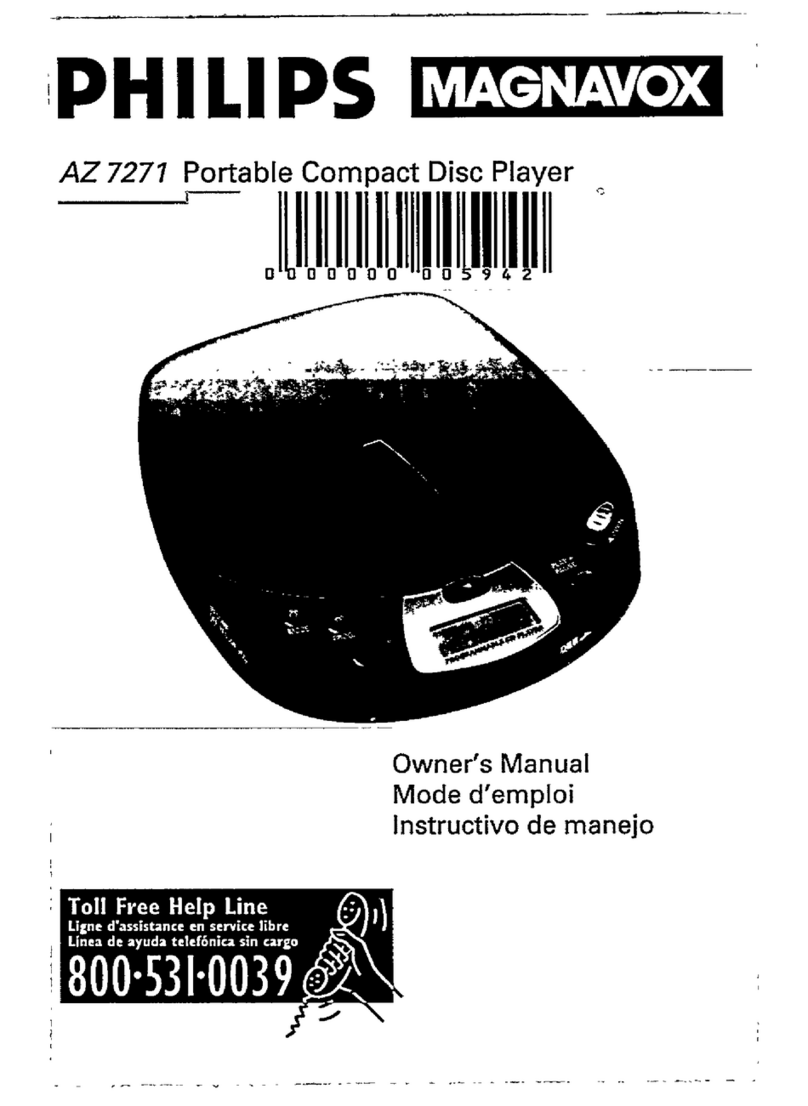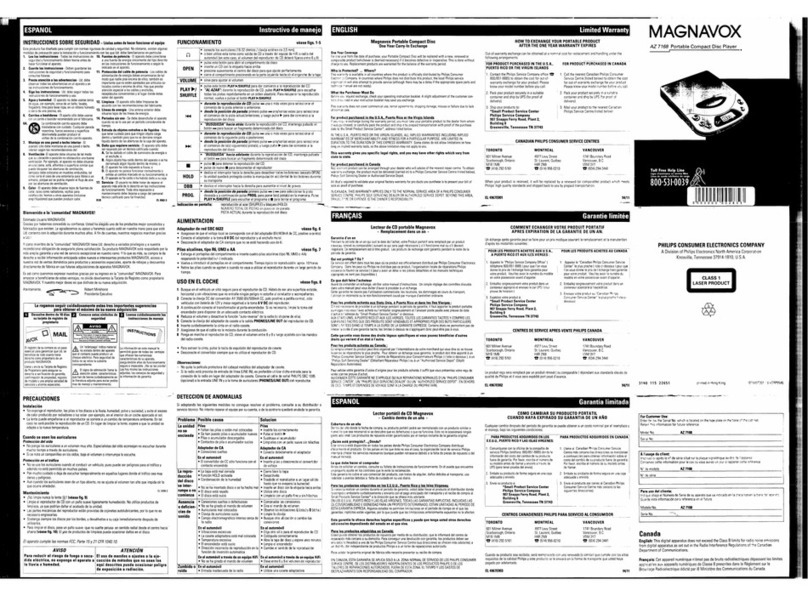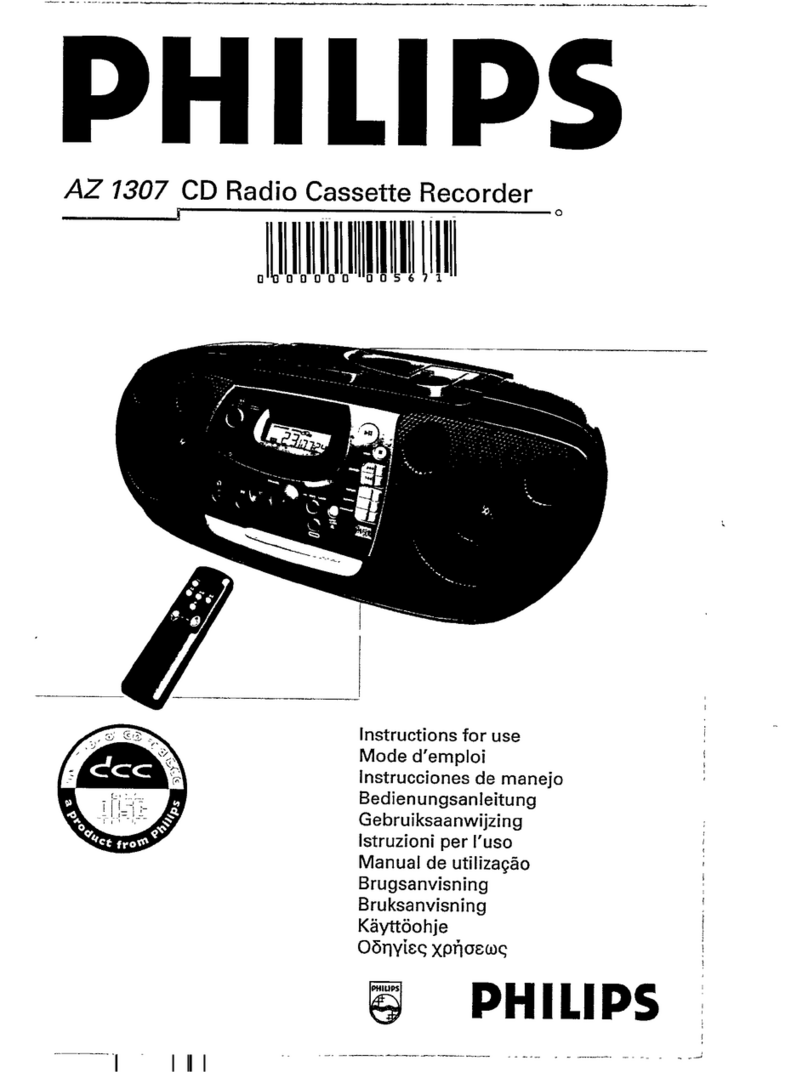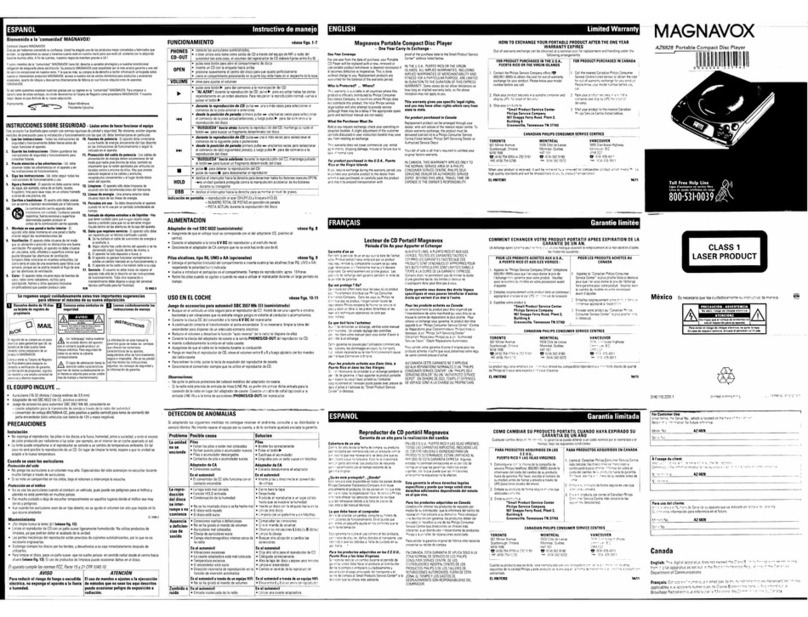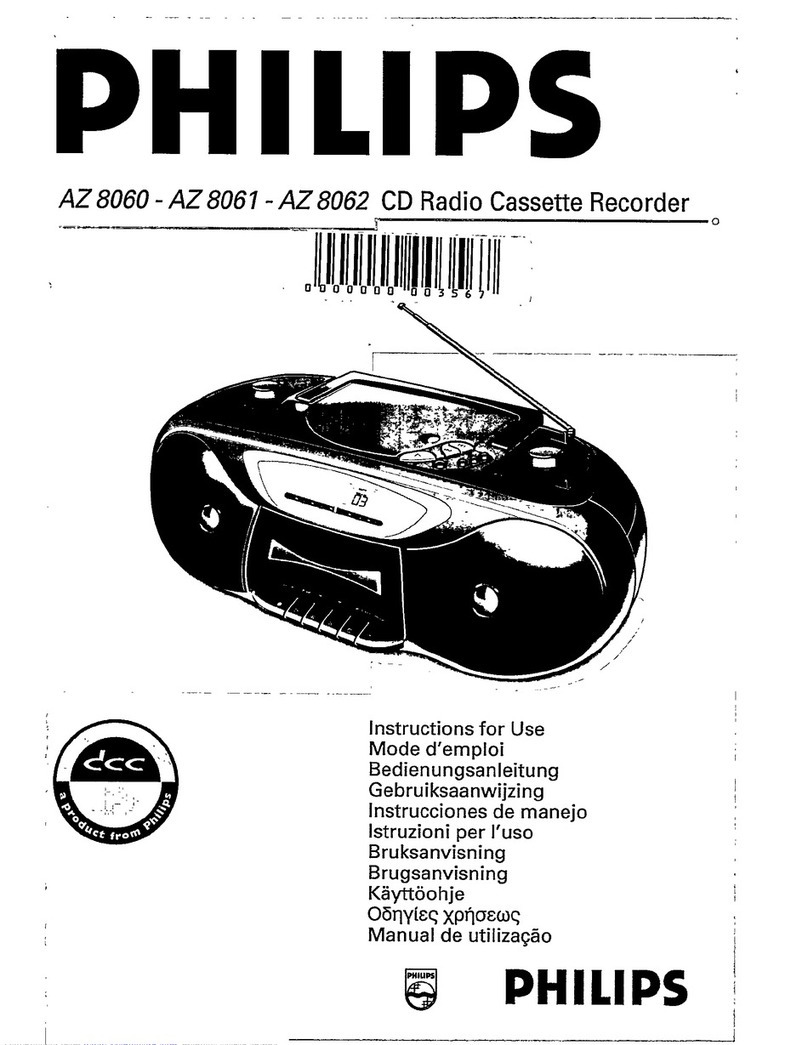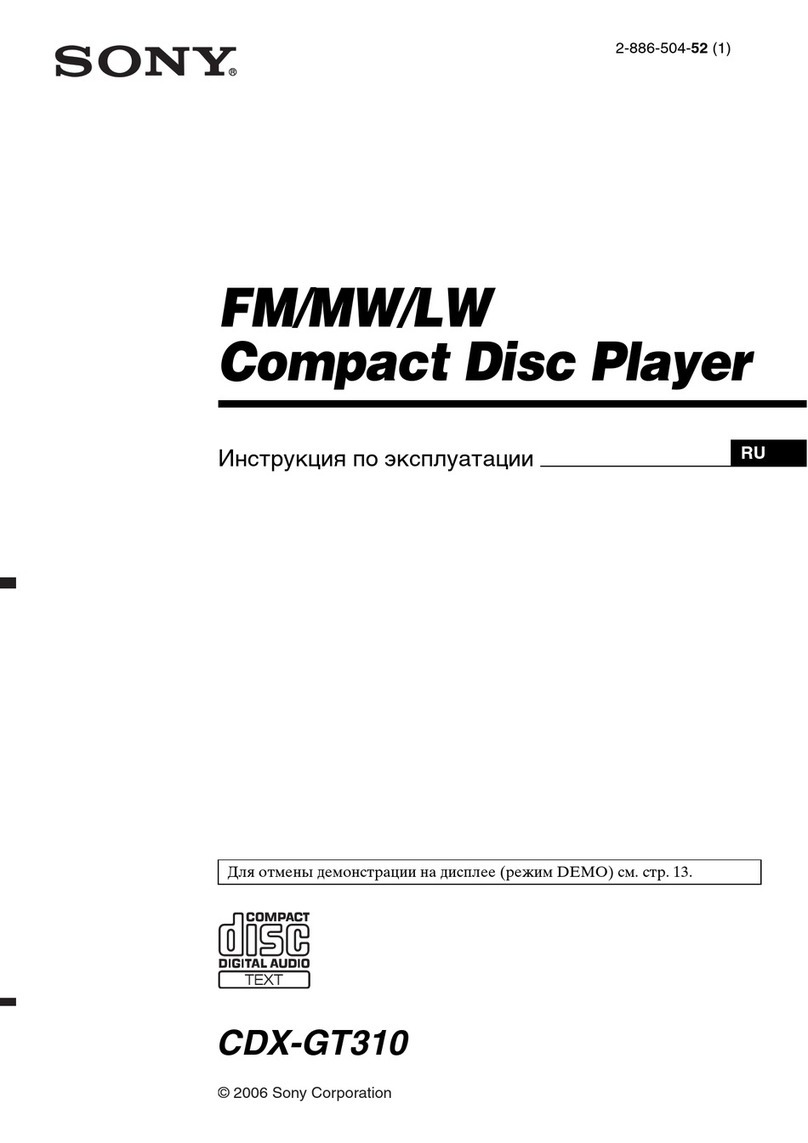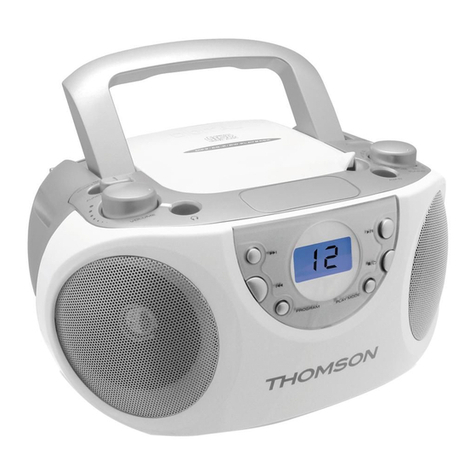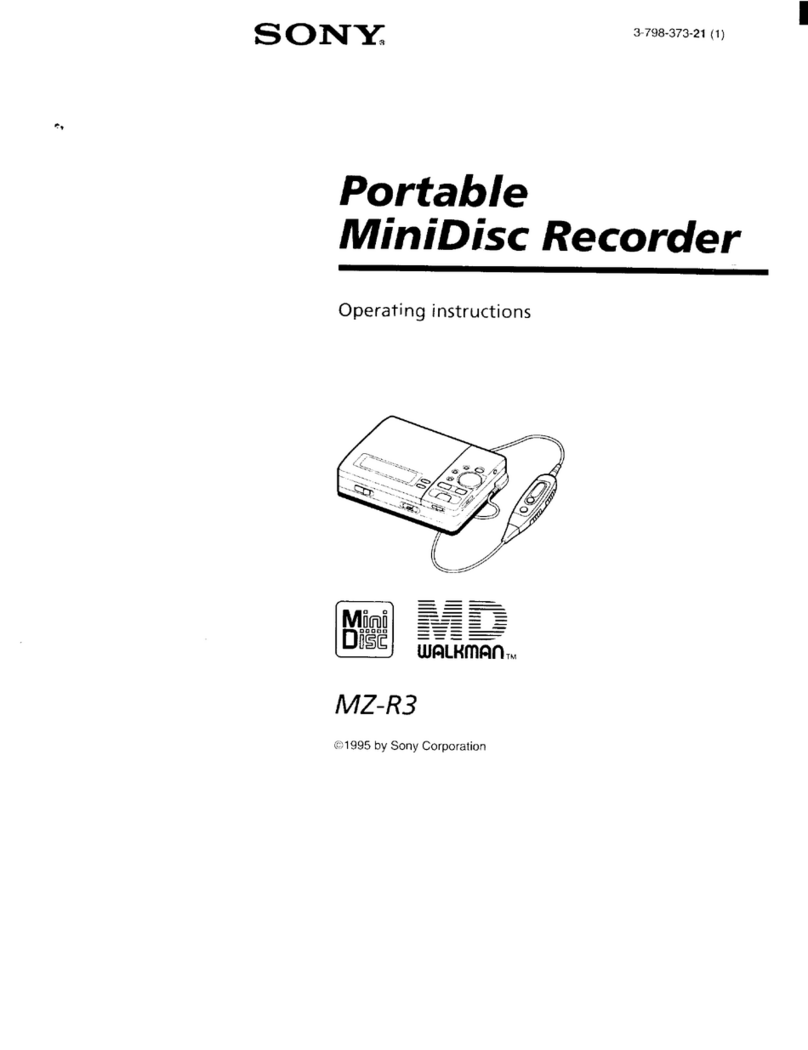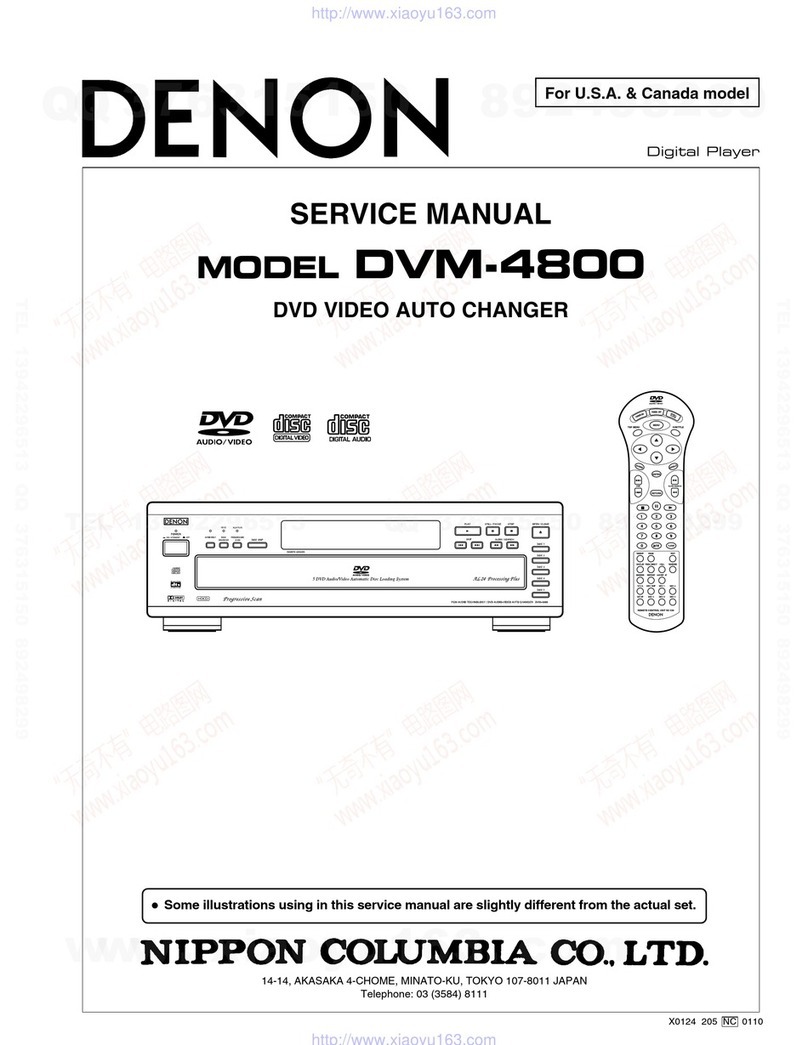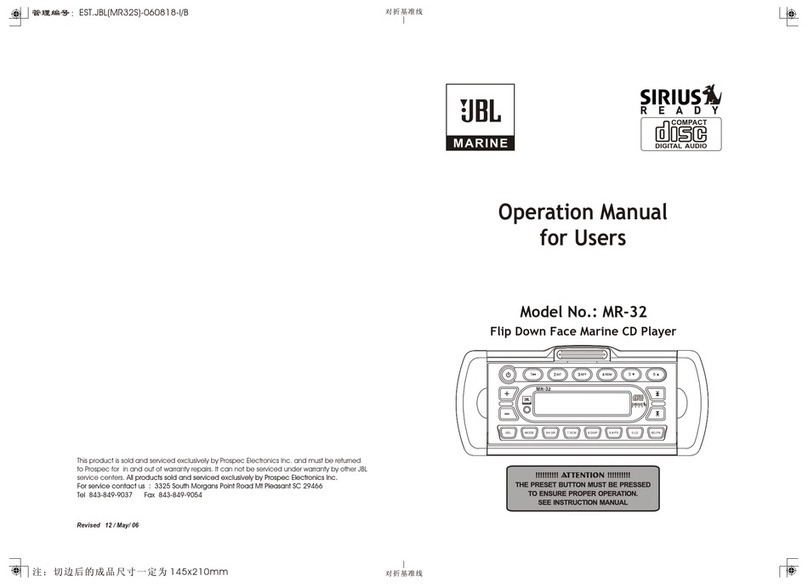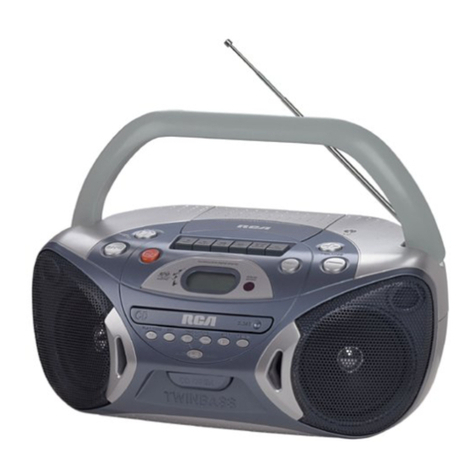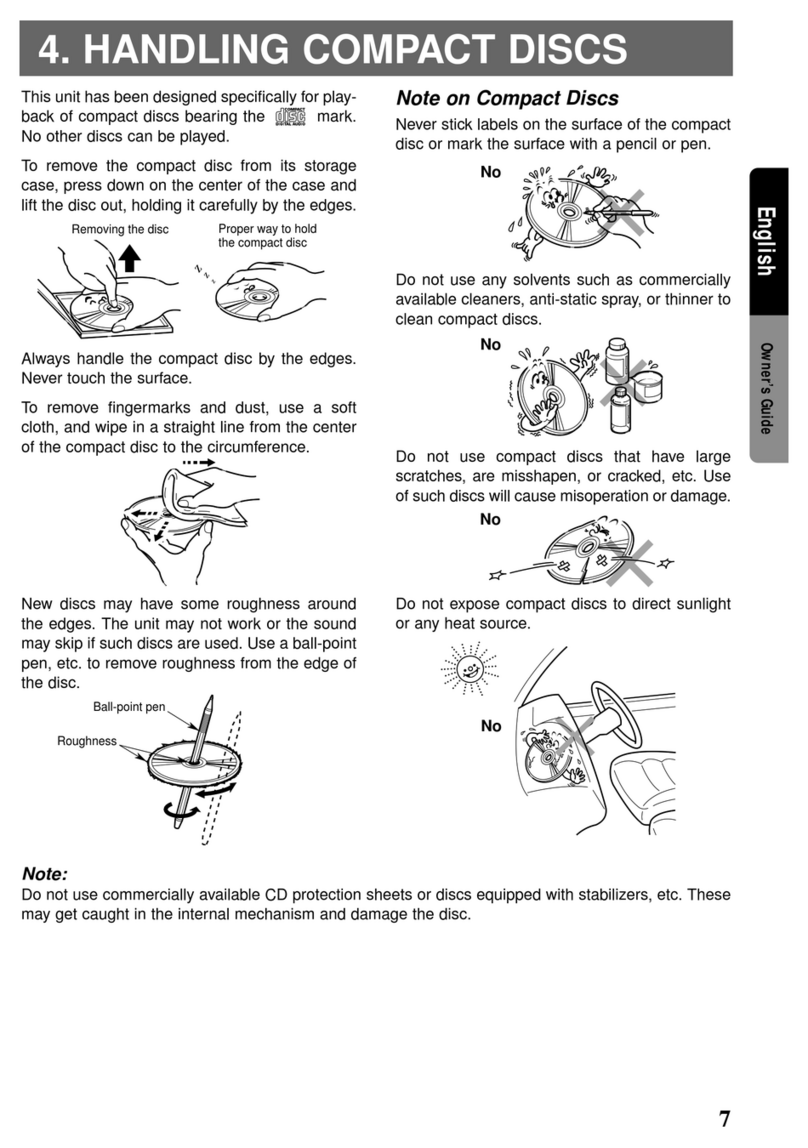Your Compact Digital Audio Disc Player employs ultra-precise manu-
facturing techniques and sophisticated digital and servo technology to
assure you an audio output which is the full equivalent of that at the
studio console where the original recording was made. Your listening
area will never be the same againl
Please read this instruction manual carefully before using your Com-
pact Digital Audio Disc Player. This player has been manufactured with
the greatest of care to ensure trouble-free operation; however, should
you encounter any problem, please promptly notify the store where
you purchased the machine or your nearest seryice center.
FEATURES
The compact disc system is a new era for audio systems, which makes
the best of state-of-the-art digital techniques.
High-Performance
The FD3040 is extremely superior in performance to the conventional
analog audio systems as demonstrated by the following characteris-
tics.
Frequency range '. 4Hz to 20 kHz
Dynamic range : 90 dB or greater
Distortion factor : 0.003%
Wow and flutter : less than measurable limit
Channel separation : 90 dB or greater
Our unique, perfectly balanced swing mechanism provides excellent
anti-vibration characteristics and immunity against oblique setting.
HIGH OUALITY SOUND
The .newly developed digital filter, large-scale power transformer,
audio capacitor and other high grade parts enable the conversion of all
the information recorded on the disc into high quality sound.
VARIETY OF FUNCTIONS
Each audio disc contains various information other than music (e.g.
selection numbers, length of each selection, etc.) and the FD3040
reads this information to provide many useful functions.
. Random access programming
Any number of selections (up to 24) can be automatically played in
the desired order using the random access programming function.
. Delete programming
Any selections can be skipped automatically by using the delete
programming function.
o All play
Of course, all selections can be played in the recorded order.
. Search scan
When the SEARCH button is pressed, the beginning of each selec-
tion recorded on the disc is automatically played for 10 seconds.
. Tune selection with lndex No.
The FD3040 enables you to select tunes by their lndex Numbers.
. Tune selection whh time specification
Tune selection by specifying time is also possible even during play.
o Ouick tune selection
When the music No. is specified, play starts promptly from the be-
ginning of the specified tune.
r Skip feature
By pressing the NEXT button during play you can skip selections.
The number of selections skipped corresponds to the numbers of
times the button is pressed and play starts from the beginning of the
selected tune.
Back skip feature
When the BACK button is pressed once during play. the unit enters
pause mode at the beginning of the current selection. When the
button is pressed twice, the unit returns to the beginning of the pre-
vious selection and enters pause mode. This feature is useful for re-
cording.
Repeat feature
Either all or selected selections can be played repeatedly.
A-B repeat feature
When the beginning and end of the section to 6e played repeatedly
is specified, the section can be played repeatedly.
. Music standby feature
With this feature, the unit pauses at the beginning of the specified
selection. This feature is useful for recording.
r Easy-to-read display
The display shows program and operation status, elapsed time for
playing each selection, time remaining to complete the program.
REMOVING SHIPPING SCREWS
Two shipping screws have been set at the factory before shipping. Be
sure to remove them as shown below. Keep these screws because
they will be required when the unit is transported
Use a screwdriver to remove these screws.
GAUTION:
Operating the unit before removing these shipping screuvs may dam-
age the unat.
DISCS
Note how the surface of discs gleam with all the colors of the rainbow.
This is because of light diffraction caused by the discs' micron-size
tracks. The FD3040 Compact Disc Player uses a beam of laser light to
read audio information from these tracks; thus, the discs are never
subjected to stylus wear as is the case with conventional record
players.
. Handle discs carefully to avoid scratching their surface.
o Keep the surface of discs clean.
This is important, because there may be as many as 15 billion bits of
information recorded on their surface and excessive dust can result
in intermittent interruption of sound. Remove ordinary dust and
fingerprints by breathing on the disc and wiping it gently with a
clean cotton [andkerchief or gauze.
. To maintain the quality of your discs, avoid placing them in loca-
tions such as the following.
. Locations which are exposed to direct sunlight or heat
(such as radiators)
. Locations with high concentrations of dust or humidity
. Places which may be exposed to water, such as near windows
. Place your discs in their protective Gases when they are not in use.
